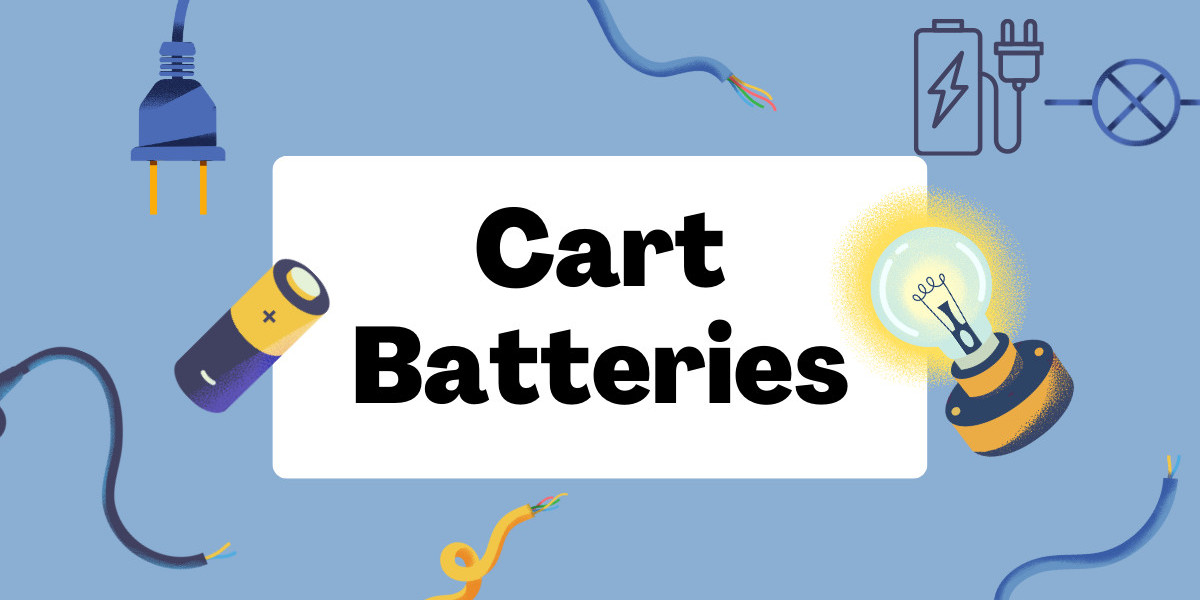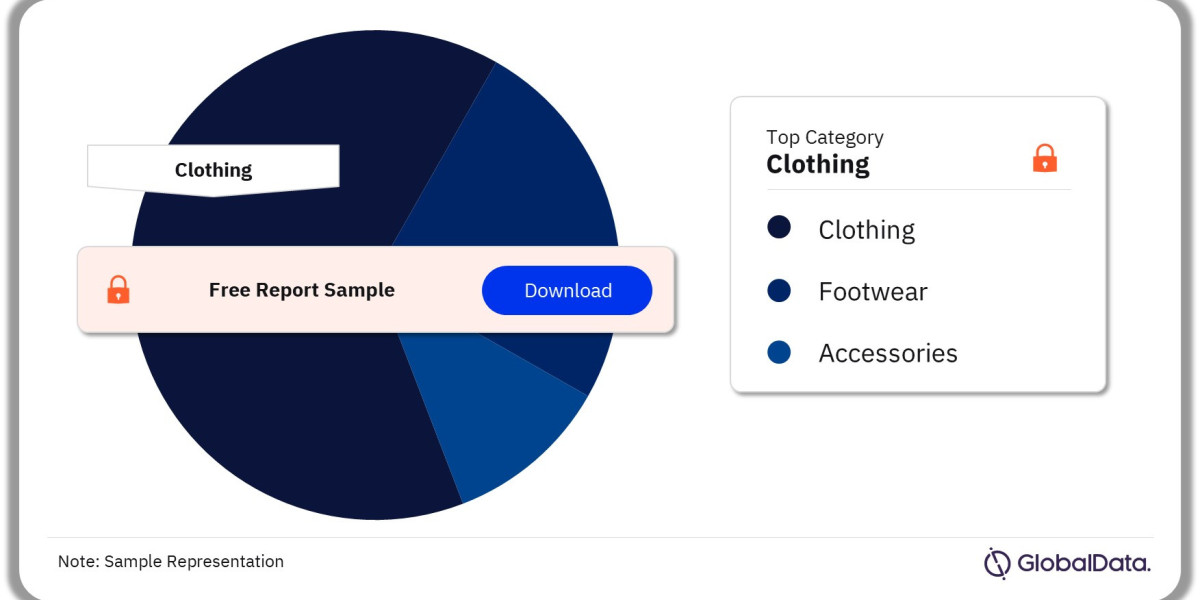The importance of cart batteries cannot be overstated when it comes to ensuring the optimal performance of your golf cart, electric cart, or other battery-powered vehicle. These crucial components not only power your truck but also affect its efficiency, range, and overall longevity. In this comprehensive guide, we'll delve into everything you need to know about cart batteries, from choosing the right type to maintaining them for maximum performance.
Understanding Cart Batteries
Cart batteries are the heart of any electric vehicle. They store and supply the electrical energy needed to power the motor and other essential components. Unlike standard car batteries, cart batteries are designed to handle the unique demands of golf carts, electric carts, and similar vehicles. They come in various types, each suited to different needs and applications.
Types of Cart Batteries
Flooded Lead-Acid Batteries
The most common type of cart batteries are flooded lead-acid batteries. They are cost-effective and reliable, making them a popular choice for many electric carts. These batteries require regular maintenance, including checking the water levels and cleaning the terminals. They are ideal for users who are willing to put in extra effort to maintain their batteries.
AGM (Absorbent Glass Mat) Batteries
AGM cart batteries offer a sealed design, which makes them maintenance-free. They use a fiberglass mat to absorb the electrolyte, which prevents spillage and reduces the risk of leaks. AGM batteries are more durable and can handle a broader range of temperatures, making them suitable for various environments.
Gel Batteries
Gel cart batteries use an immobile gel-like electrolyte that prevents leaks and spills. They are highly durable and can withstand deep discharges better than flooded lead-acid batteries. Gel batteries are ideal for users who need a reliable power source in extreme conditions or who prefer a low-maintenance option.
Lithium-Ion Batteries
Lithium-ion batteries, the latest advancement in cart battery technology, offer superior performance and longevity. They are lightweight, have a high energy density, and require minimal maintenance. Although they come at a higher price point, their long-term benefits and efficiency make them a worthwhile investment for serious users.
Choosing the Right Cart Battery
Selecting the correct cart battery involves considering several factors to ensure compatibility and optimal performance:
Battery Size and Type: Ensure that the cart battery fits within the designated space of your cart and matches the type recommended by the manufacturer.
Voltage Requirements: Verify the voltage requirements of your cart to ensure the battery you choose meets these needs.
Capacity and Range: Consider the battery's capacity, which is measured in amp-hours (Ah). Higher capacity batteries offer more extended range and better performance.
Temperature Tolerance: Depending on your location, you might need a battery that can withstand extreme temperatures.
Budget: Balance your budget with the battery's performance and longevity. Higher upfront costs for advanced batteries might result in savings over time due to lower maintenance and replacement needs.
Installing and Maintaining Cart Batteries
Proper installation and maintenance are crucial for extending the lifespan of your cart batteries and ensuring optimal performance. Here's how you can effectively manage your battery:
Installation Tips
Safety First: Always wear protective gear, including gloves and safety glasses, when handling cart batteries. They contain corrosive materials that can be harmful if spilled.
Positioning: Place the battery in the designated compartment and secure it properly. Ensure that it is stable and won't shift during operation.
Connections: Connect the positive terminal to the positive battery post and the negative terminal to the negative post. Ensure all connections are tight and free of corrosion.
Test: After installation, test the battery to ensure it is functioning correctly. Check for any issues, such as unusual noises or leaks.
Maintenance Guidelines
Regular Inspections: Periodically check the cart batteries for any signs of wear or damage. Look for corrosion on the terminals and ensure that connections are secure.
Clean Terminals: To keep the battery terminals clean and free from corrosion, use a mixture of baking soda and water to clean any buildup.
Water Levels: For flooded lead-acid batteries, regularly check and maintain the water levels. Add distilled water as needed to keep the plates submerged.
Charging: Always use the recommended charger for your cart batteries and avoid overcharging. Follow the manufacturer's guidelines for charging intervals.
Storage: If you need to store your cart batteries for an extended period, keep them in a cool, dry place and ensure they are fully charged before storage.
Troubleshooting Common Issues with Cart Batteries
Even with proper care, cart batteries can sometimes encounter issues. Here are some common problems and their solutions:
Short Battery Life: If your battery is not holding a charge, it may be due to overcharging, undercharging, or a faulty charger. Check the charging equipment and ensure it is functioning correctly.
Slow Performance: If your cart is sluggish, the battery may be losing its capacity. Ensure that the battery is fully charged and consider having it tested for performance.
Leaking: Leaks can occur in older or damaged batteries. If you notice any leaks, safely clean up the area and replace the battery as soon as possible.
When to Replace Your Cart Battery
Knowing when to replace your cart battery is essential for maintaining optimal performance. Typically, cart batteries should be replaced every 4-6 years, depending on usage and maintenance. Signs that it might be time for a replacement include:
Decreased Range: If you notice a significant reduction in the distance your cart can travel on a single charge, it may be time for a new battery.
Frequent Charging: If you find yourself needing to charge the battery more often than usual, it might be nearing the end of its lifespan.
Physical Damage: Visible signs of damage or leaks are indicators that a replacement is necessary.
The Future of Cart Batteries
As technology advances, so does the development of cart batteries. Innovations in battery technology, such as improved lithium-ion formulations and advanced charging systems, promise to enhance performance and extend the lifespan of cart batteries. Staying informed about the latest developments can help you make the best choices for your vehicle.



